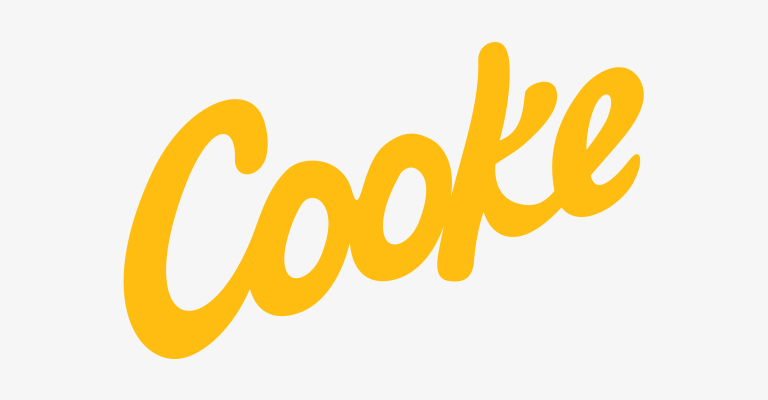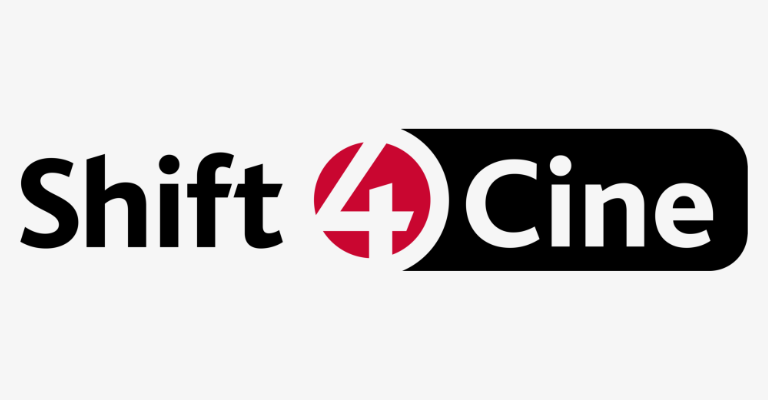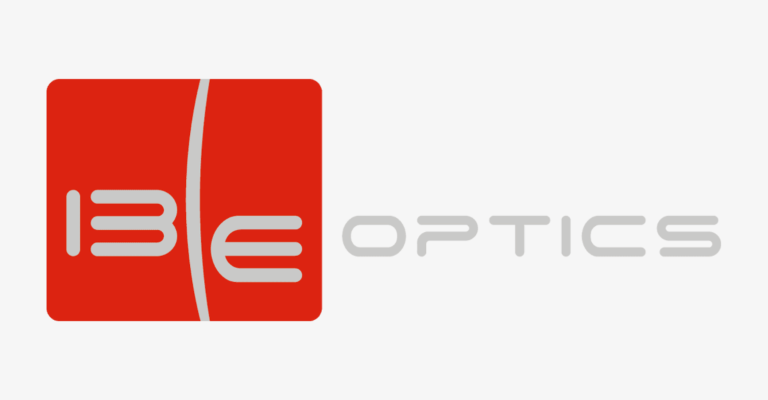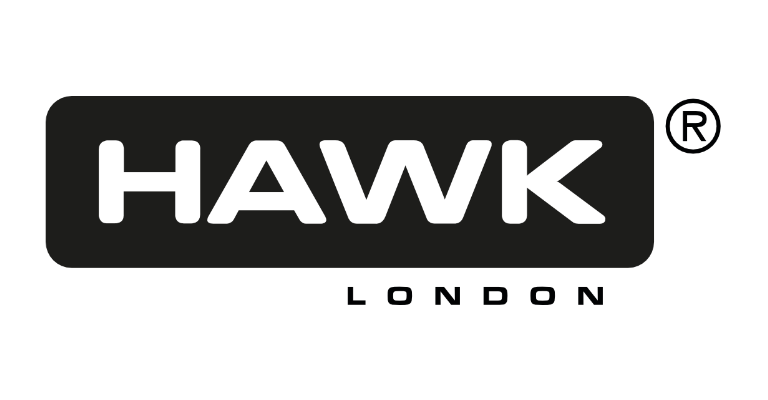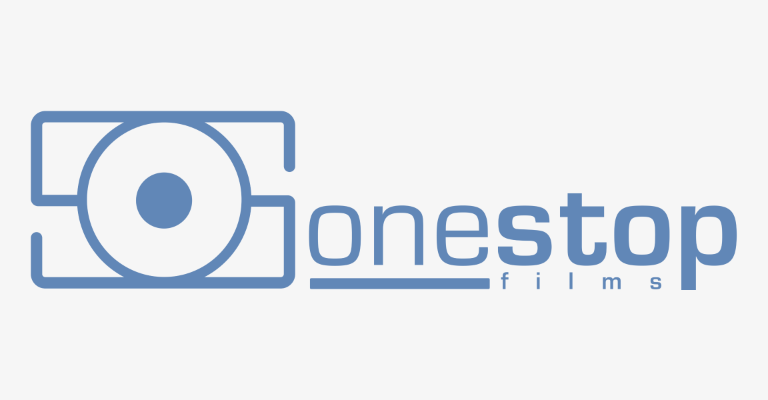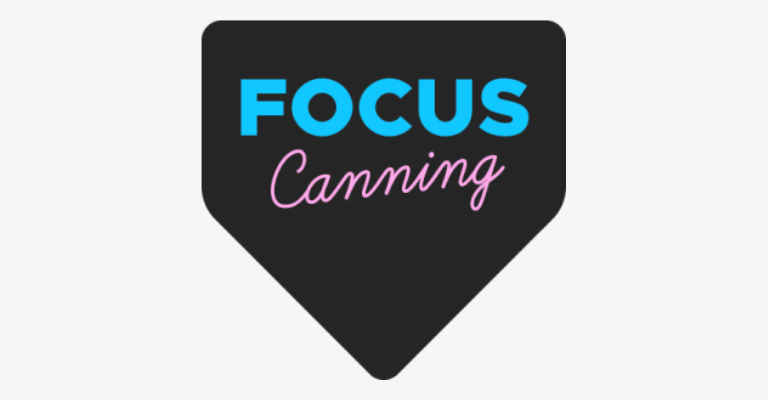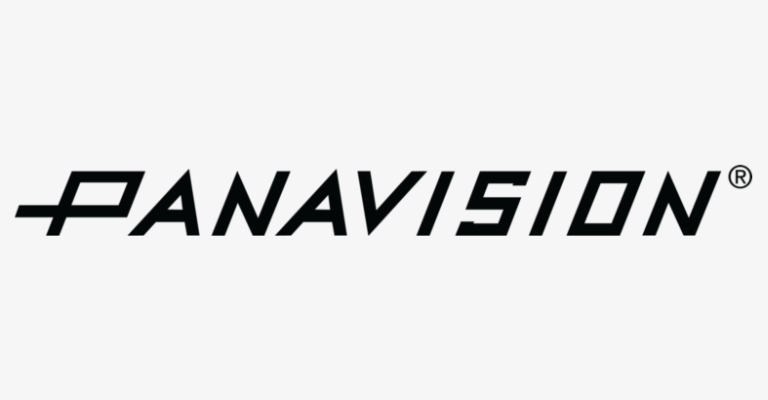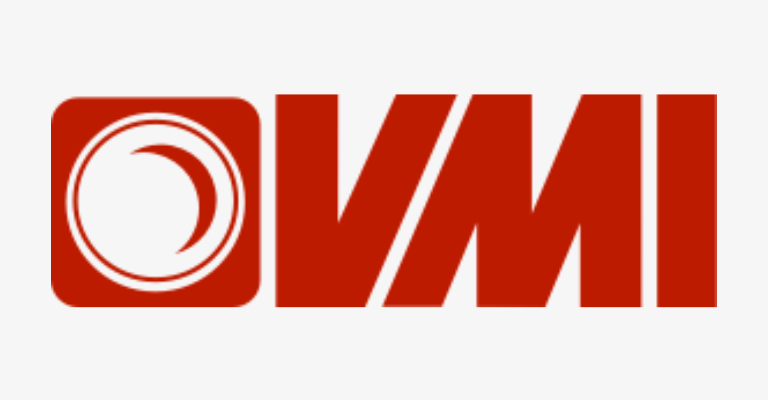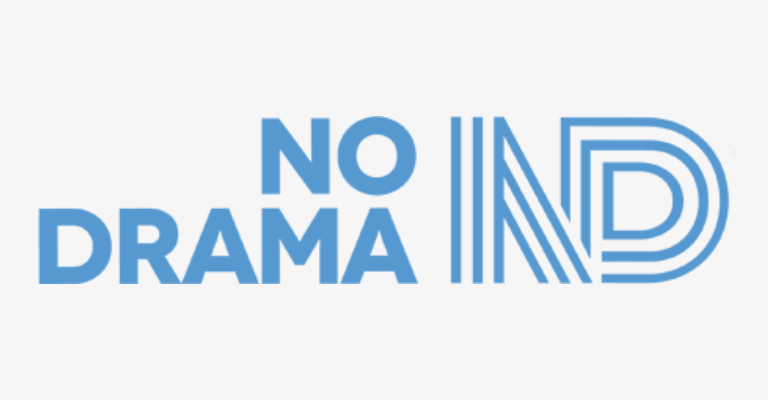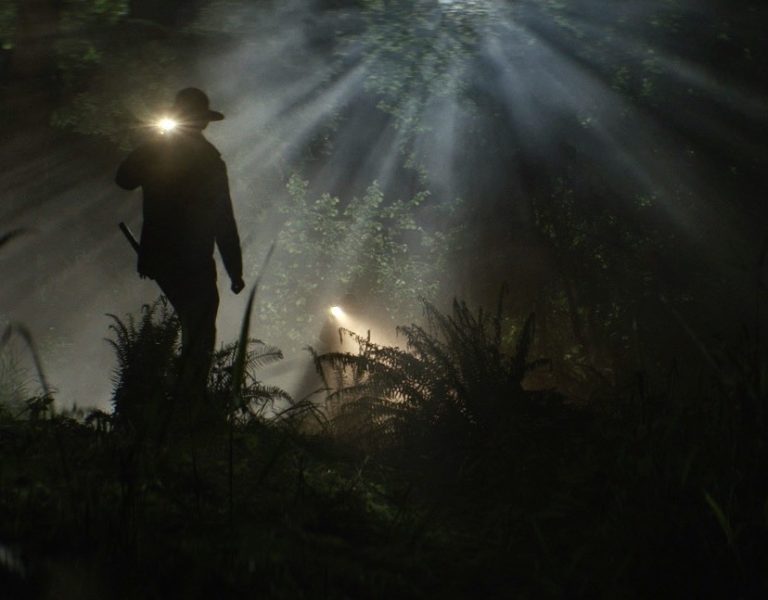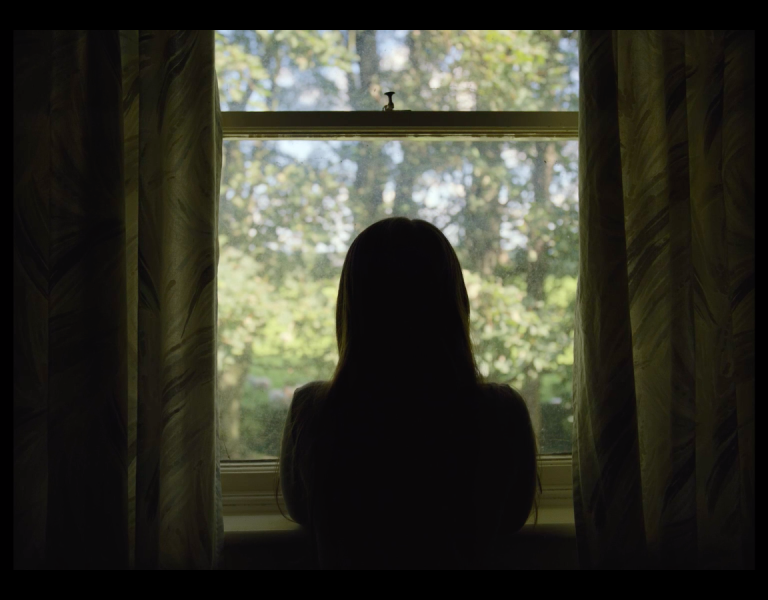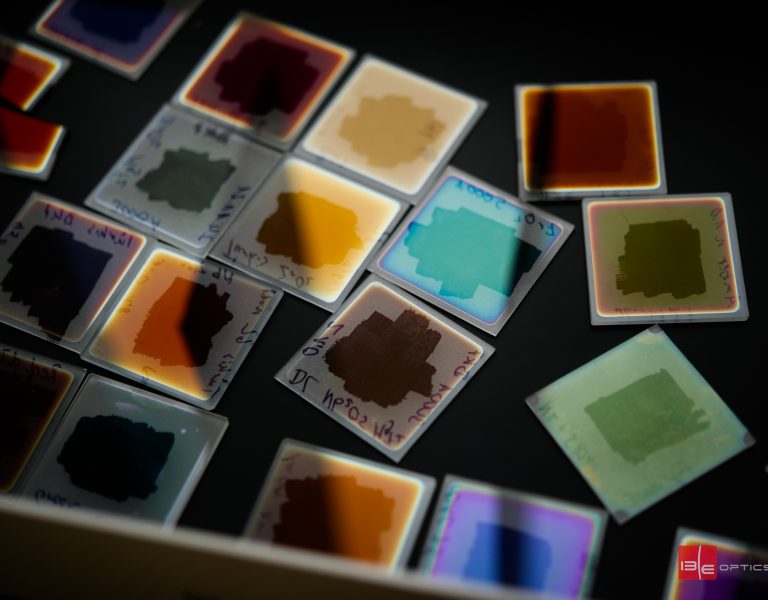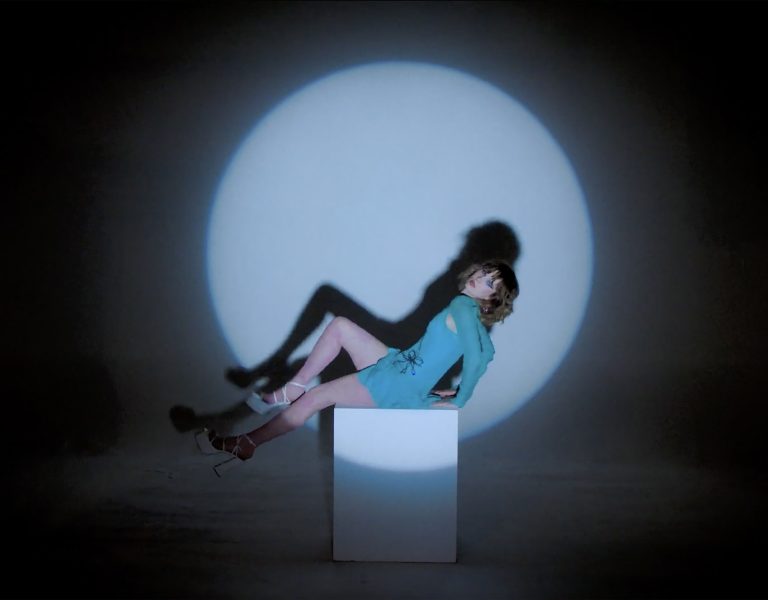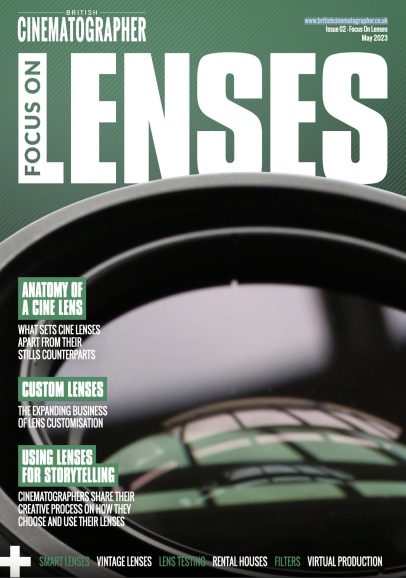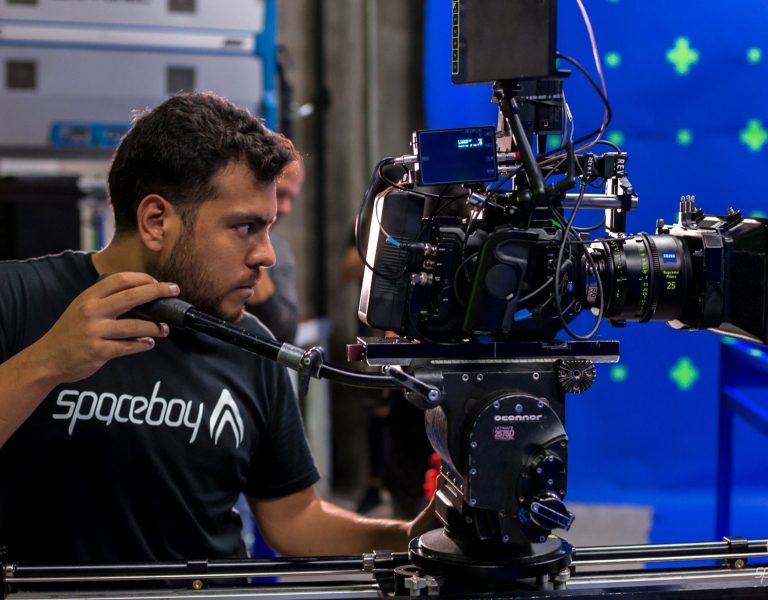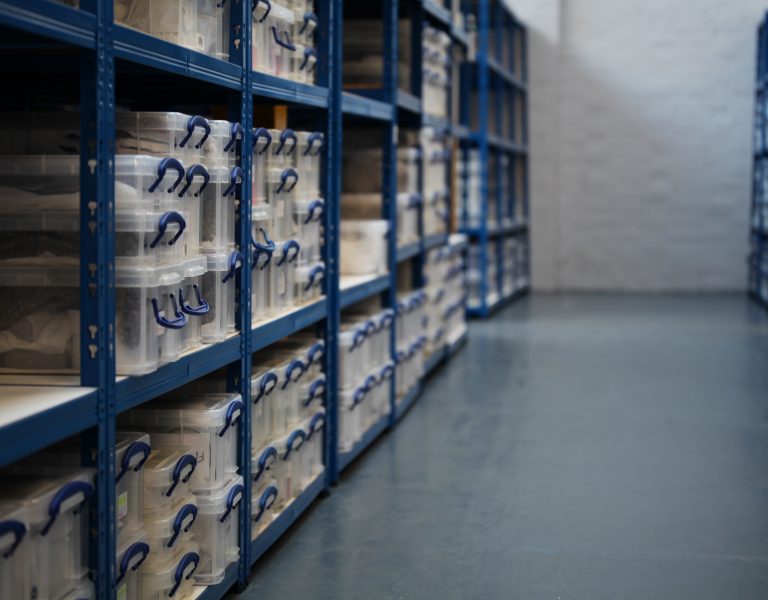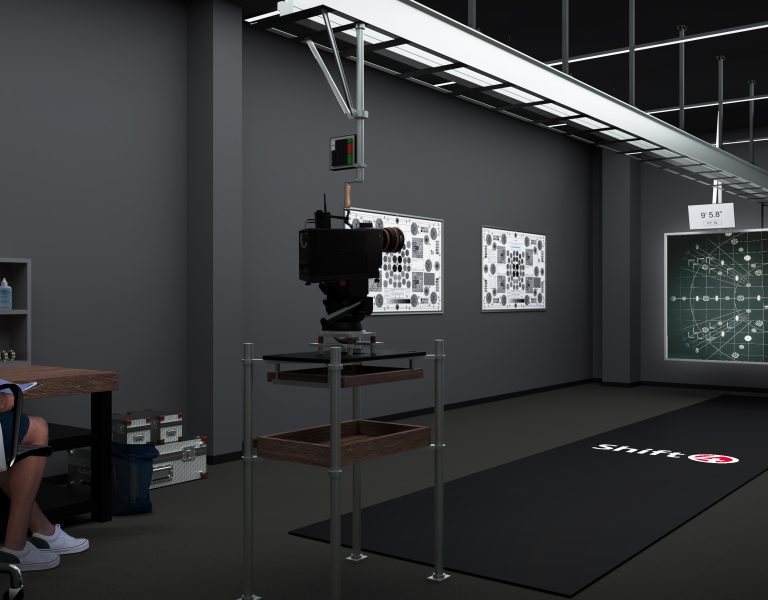Panavision’s vast lens inventory enables cinematographers to find the perfect match for their creative vision.
With the variety of sensor sizes available today in addition to the continuing use of 35mm, 65mm and 16mm film, “filmmakers have got more choice than ever,” says Terra Bliss, managing director for Panavision UK and Ireland. “There’s a high demand for large format, but there’s also renewed interest in 35-format optics. Panavision’s been driving optical innovations in both formats for decades, since the company’s founding in the ’50s. Whichever route a cinematographer wants to go, we can help them find the lenses to match their vision.”
Panavision’s lens inventory includes nearly 30 proprietary lens series evenly divided between anamorphic and spherical, as well as a wide variety of third-party optics. “We have a great choice of legacy and contemporary lenses that run the gamut from soft to sharp, with varying contrast levels and a range of desirable optical attributes,” says Kevin Greene, Panavision’s technical director for EMEA.
“It used to be that certain things would fall out of favor, but there are now so many different avenues for different looks, and there’s nothing we have that isn’t utilised,” adds Guy McVicker, Panavision’s director of technical marketing at the company’s corporate headquarters in Woodland Hills, California. “Nothing is out of style.”
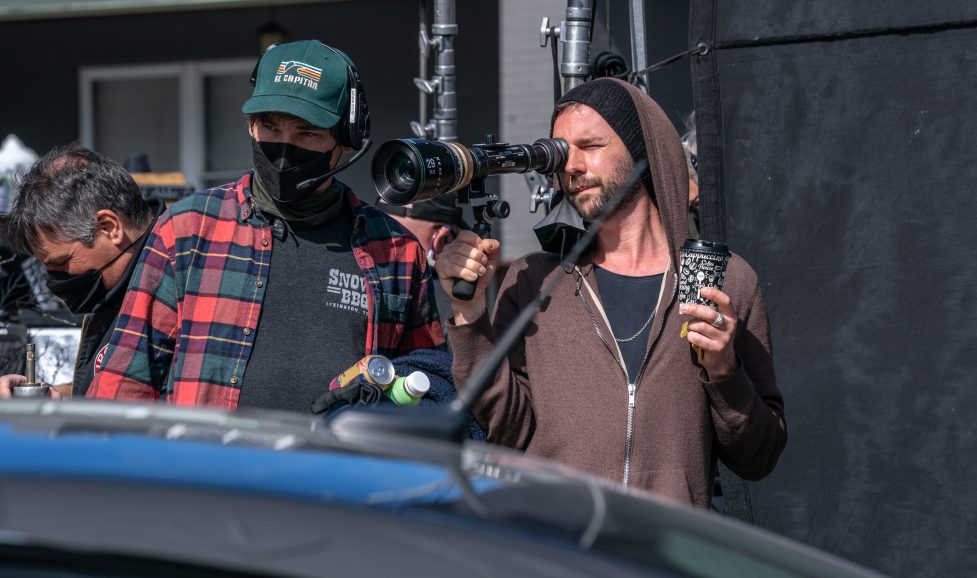
Since the company introduced its first lenses for motion-picture production in the mid-1950s, Panavision has been synonymous with anamorphic cinematography. Today, Panavision’s anamorphic inventory covers multiple squeeze ratios, including the standard 2x, 1.65x and 1.3x. Greene explains, “With the variety of sensor shapes, particularly with large-format sensors, having different anamorphic squeeze ratios to choose from allows you to capture the maximum number of pixels while still yielding the traditional anamorphic feel.”
“On the spherical side,” says Charlie Todman, technical marketing director for Panavision UK, “particularly since the Alexa 35 arrived, our standard Primos have come back into vogue along with our older vintage lenses. Of our lenses that offer large-format coverage, the Panaspeeds are very popular. They’re fast, small and lightweight, and they cover the full frame on Alexa LF and Venice.”
“Those lenses offer such great contrast and sharpness to work with on a digital format,” agrees Mauro Fiore ASC, who paired Panaspeeds with Alexa LF cameras on the features Spider-Man: No Way Home and A Good Person. “Also, the falloff is beautiful.”
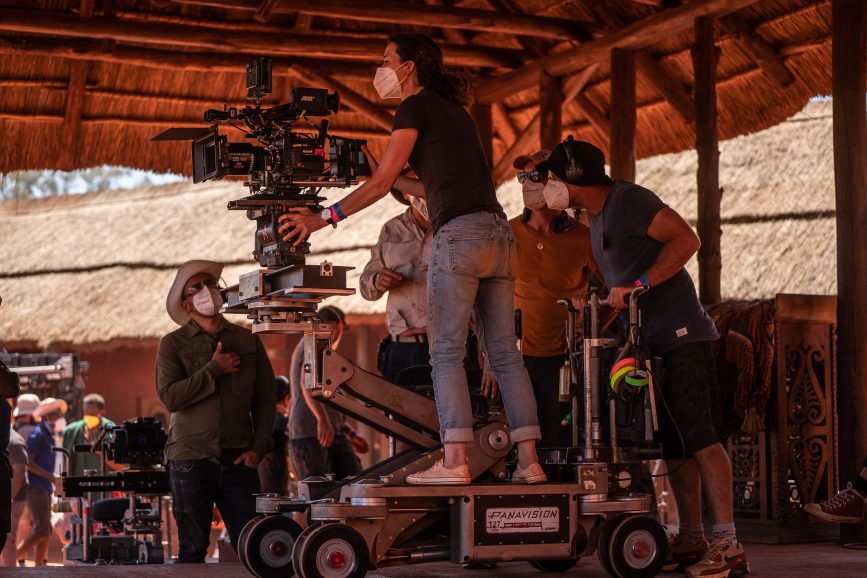
When lenses return from a production, Panavision’s expert service team keep them well maintained and ready for the next job. “We focus heavily on resourcing all our offices with the tools and knowledge to be able to support our optics inventory and create a global standard for prep, service and repair,” Greene says.
Todman notes that “it’s the combination of our inventory, our global footprint, and the relationships we have with cinematographers that sets us apart.” All three of those factors came into play for Polly Morgan ASC BSC during the making of The Woman King.
“I worked with Panavision offices around the world, with support from Woodland Hills, London and South Africa,” says Morgan, who opted to shoot with modern T Series anamorphics. “The T Series are fast and perform well when shot wide open. The close focus was also a consideration as it allowed us to move from a medium shot into a close-up without having to rely on longer lenses or diopters.”
Panavision’s unparalleled lens inventory ensures that cinematographers will find a series to match their creative vision in whatever format they’ll be capturing. For the feature A Man Called Otto, Matthias Königswieser AAC mixed film and digital acquisition and turned to vintage, 35mm-format Panavision Super Speed and Ultra Speed primes. As Königswieser explains, “The ability to craft a unique look for each film is what keeps bringing me back to Panavision.”
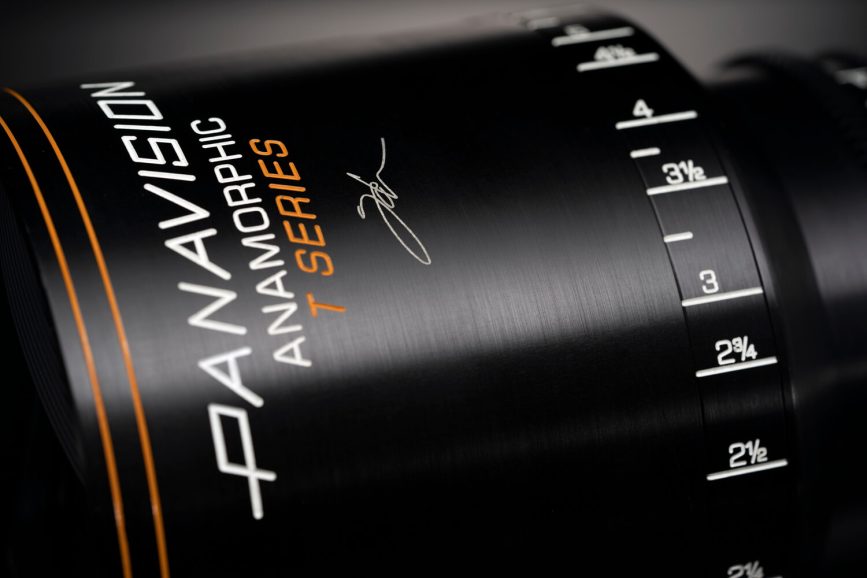
–
This article was paid for by Panavision
